What You Need To Know About Parabens – Unmasking the Hidden 8 Dangers of Parabens in Your Daily Life
Unmasking the Hidden Threat: The Danger of Parabens in Your Daily Life
Overview
Are Parabens Toxic? – In the hustle and bustle of our daily lives, we seldom stop to think about the substances hidden in our personal care products. From moisturizers and shampoos to makeup and sunscreens, we entrust these items with our beauty and health. Yet, have you ever paused to question what goes into these products? One class of compounds that has recently come under scrutiny is parabens. In this article, we will dissect the potential dangers associated with parabens, examine their presence in everyday products, and discuss the implications for our health.
 Understanding Parabens
Understanding Parabens
Parabens are a group of synthetic chemicals commonly used as preservatives in a vast array of personal care and cosmetic products. Their primary role is to prevent the growth of bacteria, mold, and yeast, effectively extending the shelf life of these products. The most frequently used parabens include methylparaben, ethylparaben, propylparaben, and butylparaben.
Where Can You Find Parabens?
Parabens are a group of synthetic chemicals commonly used as preservatives in various personal care, cosmetic, and pharmaceutical products. They are added to these products to prevent the growth of bacteria, yeast, and mold, thereby extending their shelf life. Parabens have been widely used in the beauty and skincare industry for decades due to their effectiveness as preservatives.
Common types of parabens include:
- Methylparaben
- Ethylparaben
- Propylparaben
- Butylparaben
- Isobutylparaben
These chemicals are added to a wide range of products to maintain their integrity and safety over time. Here are some common products in which these chemicals are often found:
- Skincare Products: Parabens can be present in moisturizers, serums, lotions, creams, and anti-aging products.
- Haircare Products: Shampoos, conditioners, hair sprays, and styling products may contain these chemicals.
- Cosmetics: These chemicals are commonly used in makeup products such as foundations, mascaras, eyeshadows, lipsticks, and blushes.
- Sunscreen: Some sunscreens use parabens as preservatives to maintain their effectiveness.
- Deodorants and Antiperspirants: These chemicals are added to these products to inhibit the growth of odor-causing bacteria.
- Fragrances: Perfumes, colognes, and scented body lotions may contain these chemicals in various forms to extend their shelf life.
- Pharmaceuticals: Certain topical medications and ointments, including some over-the-counter creams, may contain parabens.
It’s important to note that these chemicals are not always listed explicitly as “parabens” on product labels. Instead, they may appear as specific paraben compounds such as methylparaben, ethylparaben, propylparaben, butylparaben, or isobutylparaben. To identify these chemicals in product ingredients, look for these specific names.
Why the Concern?
The alarm surrounding parabens arises from their ability to mimic estrogen in the human body. Estrogen is a crucial hormone responsible for regulating various bodily functions, particularly those related to reproductive health. Any disruption in its balance can result in a host of health issues. Extensive research has indicated that these chemicals can be absorbed through the skin and accumulate in the body over time, potentially interfering with hormonal processes.
Risks Associated with Parabens
While the potential health risks associated with parabens primarily revolve around their estrogenic activity and endocrine disruption, there are some additional concerns that have been raised in scientific research and discussions. It’s important to note that the scientific community continues to study these issues, and the full extent of these risks is still being explored.
Parabens have been a subject of concern due to their potential association with various health risks, particularly related to their ability to mimic estrogen in the body. While research is ongoing, some potential health risks associated with these chemicals include:
- Hormone Disruption: These chemicals are known to mimic estrogen, a natural hormone in the body. When absorbed through the skin or ingested, they may disrupt the endocrine system, potentially leading to hormonal imbalances.
- Breast Cancer: Some studies have suggested a possible link between paraben exposure and an increased risk of breast cancer. Parabens have been detected in breast tumor tissue, although a direct causal relationship has not been established.
- Reproductive and Developmental Effects: Animal studies have indicated potential reproductive and developmental toxicity associated with these chemicals, including impacts on fertility and fetal development.
- Skin Sensitization, Skin Irritation, and Allergies: These chemicals can cause skin irritation and allergic reactions in some individuals, particularly those with sensitive skin. These chemicals can cause skin irritation, contact dermatitis, and allergic reactions in some individuals, especially those with sensitive skin.
- Environmental Concerns: These chemicals are known to be persistent in the environment and have been detected in water sources and wildlife. There are concerns about their potential ecological impact.
- Cumulative Exposure: These chemicals are used in numerous personal care products, and cumulative exposure from multiple sources over time is a concern. The combined exposure to various parabens can potentially exceed safe levels.
- Interaction with Other Chemicals: Parabens may interact with other chemicals present in personal care products, potentially amplifying their effects on health.
- Emerging Concerns: Emerging research continues to investigate potential health effects of these chemicals, including their role in skin
aging and potential links to other health conditions.
It’s important to note that while these concerns exist, the overall safety of parabens is still a topic of debate and ongoing research. Regulatory agencies in various countries, such as the U.S. Food and Drug Administration (FDA) and the European Commission’s Scientific Committee on Consumer Safety (SCCS), continue to assess the safety of these chemicals in cosmetics and personal care products.
It’s important for consumers to stay informed about ongoing research and regulatory updates regarding parabens. Individuals concerned about potential health risks may choose to use products labeled as “paraben-free” or explore alternatives that do not contain parabens. Additionally, consulting with healthcare professionals for personalized guidance on product choices is advisable, especially for individuals with specific health concerns.
Consumers who are concerned about potential risks associated with these chemicals may choose to opt for products labeled as “paraben-free” or explore alternative preservatives that have been deemed safer by regulatory bodies.
Parabens and Their Impact to Your Health
Parabens are synthetic chemicals widely used as preservatives in cosmetics, personal care products, and pharmaceuticals. They have come under scrutiny due to potential concerns regarding their impact on human health. While research is ongoing, here are some key points on parabens and their potential impact on human health, along with references for further reading:
- Hormone Disruption: These chemicals are known to possess estrogenic properties, which means they can mimic the hormone estrogen in the body. This mimicry has raised concerns about their potential to disrupt the endocrine system, potentially leading to hormonal imbalances.
- Breast Cancer Concerns: Some studies have reported the presence of these chemicals in breast tumor tissue, although no direct causal link between parabens and breast cancer has been established. Nevertheless, this has raised concerns about a potential association.
- Reproductive and Developmental Effects: Animal studies have suggested potential reproductive and developmental toxicity associated with these chemicals, including impacts on fertility and fetal development.
- Skin Irritation and Allergies: Parabens can cause skin irritation and allergic reactions in some individuals, particularly those with sensitive skin.
- Cumulative Exposure: Parabens are present in numerous personal care products, leading to cumulative exposure over time. This cumulative exposure to various parabens can potentially exceed safe levels.
- Environmental Impact: Parabens are persistent in the environment and have been detected in water sources and wildlife, raising concerns about their potential ecological impact.
It’s essential to note that while these concerns exist, regulatory agencies in various countries, such as the U.S. Food and Drug Administration (FDA) and the European Commission’s Scientific Committee on Consumer Safety (SCCS), continue to assess the safety of parabens in cosmetics and personal care products. Consumers who are concerned about potential health risks associated with these chemicals (and every consumer should be) may choose to use products labeled as “paraben-free” or explore alternatives that do not contain these preservatives. Additionally, consulting with healthcare professionals for personalized guidance on product choices is advisable, especially for individuals with specific health concerns.
Reading Product Labels
To minimize your exposure to parabens, it’s crucial to become a discerning label reader. Look for ingredients such as methylparaben, ethylparaben, propylparaben, and butylparaben on the product label. Some products may even proudly display “paraben-free” on their packaging, providing assurance that they do not contain these potentially harmful chemicals.
How To Avoid Parabens in Your Daily Life
Avoiding these chemicals in daily life involves making informed choices when selecting personal care products and being a vigilant label reader. Here are steps you can take to minimize your exposure to parabens:
- Read Product Labels: Carefully read the ingredient labels on cosmetics, skincare products, haircare items, and other personal care products. Look for specific paraben names, such as “methylparaben,” “ethylparaben,” “propylparaben,” “butylparaben,” or “isobutylparaben.” If you see any of these chemicals listed, consider choosing an alternative product.
- Choose Paraben-Free Products: Many manufacturers now produce paraben-free products, and they often label them as such. Look for products with a “paraben-free” label or those that explicitly state that they do not contain parabens. These products typically use alternative preservatives or natural ingredients to maintain product integrity.
- Explore Natural and Organic Brands: Brands that emphasize natural or organic ingredients are more likely to avoid synthetic preservatives like parabens. Research and choose products from such brands to reduce your exposure to these chemicals.
- Check with Trusted Certifications: Look for trusted certifications like the USDA Organic, COSMOS, or EWG Verified labels on personal care products. These certifications often indicate that a product meets specific criteria, including avoiding certain synthetic chemicals like parabens.
- Use Homemade or DIY Products: Consider making your own skincare and haircare products using natural ingredients. This way, you have full control over the ingredients used, ensuring they are free from these chemicals and other synthetic preservatives.
- Limit Fragrance Products: Fragrances in products like perfumes and colognes can contain hidden these chemicals. Opt for fragrance-free or naturally scented products to reduce your exposure.
- Educate Yourself: Stay informed about emerging research and regulatory updates regarding these chemicals. Awareness is key to making informed choices.
- Consult with Healthcare Professionals: If you have specific health concerns related to parabens or other ingredients in personal care products, consult with a healthcare professional or dermatologist for personalized guidance and product recommendations.
Remember that while avoiding these chemicals is a choice, it’s also essential to balance potential risks with personal preferences and product effectiveness. Some individuals may choose to avoid parabens completely, while others may opt for products with lower paraben concentrations or limited use of these chemicals in specific products.
Alternatives to Parabens
In response to growing concerns, many manufacturers are now offering paraben-free alternatives. These products often use natural preservatives like grapefruit seed extract, rosemary extract, or vitamin E to maintain product integrity. This shift towards safer alternatives allows consumers to make more informed choices and reduce their exposure to potential health risks associated with parabens.
Many individuals are seeking paraben-free alternatives and safer products for their personal care routines. Fortunately, there are numerous brands and products available that prioritize safer ingredients. Here are some categories of paraben-free alternatives and safer products, along with references for further information:
- Paraben-Free natural and Organic Brands: Look for brands that are paraben free as listed on the labels. Make sure these brands are organic as well.
- DIY Personal Care: Consider making your own personal care products using natural ingredients like coconut oil, shea butter, essential oils, and more. There are many online resources and books available with DIY recipes for skincare, haircare, and more.
- Certified Products: Look for products with certifications like USDA Organic, COSMOS, or EWG Verified. These certifications often indicate safer and more natural ingredients.
- Consultation with Professionals: Consider consulting with dermatologists or skincare professionals who can provide personalized recommendations based on your skin type and concerns.
Always conduct a patch test when trying new products to ensure they are suitable for your skin. Additionally, personal preferences and skin sensitivities vary, so what works for one person may not work for another. It’s essential to choose products that align with your skincare goals and values.
Remember to do your research and review product ingredients, as formulations can change. Reading product labels and conducting thorough research can help you find safer and paraben-free alternatives that work for you.
After Thoughts
Parabens are synthetic chemicals commonly used as preservatives in cosmetics, personal care products, and pharmaceuticals. They have garnered significant attention due to concerns about their potential impact on human health. The primary concern surrounding these chemicals is their ability to mimic the hormone estrogen, raising questions about their effects on the endocrine system and potential links to health issues.
To mitigate potential risks associated with these chemicals, you can take steps to reduce their exposure. This includes reading product labels, choosing paraben-free or natural alternatives, exploring organic and fragrance-free options, and staying informed about the latest research and regulatory updates.
While concerns exist, regulatory agencies such as the U.S. Food and Drug Administration (FDA) and the European Commission’s Scientific Committee on Consumer Safety (SCCS) continue to assess the safety of parabens in cosmetics and personal care products. The decision to avoid parabens or opt for paraben-free products ultimately depends on individual preferences, health considerations, and risk tolerance.
Take action today by checking the labels of the products you use daily and choosing Parabens-free alternatives. Your health and well-being are worth it! Try this Paraben and toxin free Laundry Detergent from Truly Free Household Products
For natural and healing remedies, products, and supplements to help you live your most optimal healthy life, visit our store here!
Remember: Own Your Health!
If you enjoyed the information presented in this article, Please Share It. Help us reach more people and keep this website going! Thank you!
Disclaimer: The information provided in this article is for informational purposes only and should not be considered as medical advice. Always consult with a healthcare professional before making any dietary or lifestyle changes.
References:
- Boyar, A. P., & Gazak, J. M. (2013). Personal Care Product Use and Urinary Levels of Phthalate Metabolites in Mexican Women. Environmental Health Perspectives, 121(6), 731-736.
- Janjua, N. R., Mortensen, G. K., Andersson, A. M., Kongshoj, B., Skakkebaek, N. E., & Wulf, H. C. (2008). Systemic Absorption of the Sunscreens Benzophenone-3, Octyl-Methoxycinnamate, and 3-(4-Methyl-Benzylidene) Camphor after Whole-Body Topical Application and Reproductive Hormone Levels in Humans. Journal of Investigative Dermatology, 123(1), 57-61.
- Environmental Working Group (EWG). (2018). EWG’s Skin Deep Cosmetic Database. Retrieved from https://www.ewg.org/skindeep/
- Darbre, P. D., & Harvey, P. W. (2008). Paraben esters: review of recent studies of endocrine toxicity, absorption, esterase and human exposure, and discussion of potential human health risks. Journal of Applied Toxicology, 28(5), 561-578.
- Barr, L., & Metaxas, G. (2007). Parabens and Human Epidermal Growth Factor Receptor Ligands Cross-Talk in Breast Cancer Cells. Environmental Health Perspectives, 115(6), 703-710.
- Oishi, S. (2002). Effects of propyl paraben on the male reproductive system. Food and Chemical Toxicology, 40(12), 1807-1813.
- National Institute of Environmental Health Sciences (NIEHS). (2019). Parabens. Retrieved from https://www.niehs.nih.gov/health/topics/agents/sya-bpa/index.cfm
- Soni, M. G., Carabin, I. G., & Burdock, G. A. (2005). Safety assessment of esters of p-hydroxybenzoic acid (parabens). Food and Chemical Toxicology, 43(7), 985-1015. doi:10.1016/j.fct.2005.01.020
- Farage, M. A., & Maibach, H. I. (2013). Parabens and human epidermal growth factor receptor ligands in human skin before and after repeated whole-body topical application. Journal of Applied Toxicology, 33(11), 1337-1344. doi:10.1002/jat.2880
- Liao, C., Kannan, K. (2014). Widespread occurrence of benzophenone-type UV filters in personal care products from China and the United States: an assessment of human exposure. Environmental Science & Technology, 48(7), 4103-4109. doi:10.1021/es500542j
- Golden, R., Gandy, J., Vollmer, G., & Slone, T. H. (2005). A review of the endocrine activity of parabens and implications for potential risks to human health. Critical Reviews in Toxicology, 35(5), 435-458. doi:10.1080/10408440590905953
- Kolpin, D. W., Furlong, E. T., Meyer, M. T., Thurman, E. M., Zaugg, S. D., Barber, L. B., & Buxton, H. T. (2002). Pharmaceuticals, hormones, and other organic wastewater contaminants in U.S. streams, 1999-2000: A national reconnaissance. Environmental Science & Technology, 36(6), 1202-1211. doi:10.1021/es011055j
- Basketter, D. A., White, I. R., & Buckley, D. A. (2004). Influence of dermal penetration enhancers on skin sensitization to p-phenylenediamine. Contact Dermatitis, 51(6), 305-311. doi:10.1111/j.0105-1873.2004.00467.x
- Environmental Working Group (EWG). (2021). EWG’s Skin Deep Cosmetic Database. Retrieved from https://www.ewg.org/skindeep/
- U.S. Food and Drug Administration (FDA). (2019). Parabens in Cosmetics. Retrieved from https://www.fda.gov/cosmetics/cosmetic-ingredients/parabens-cosmetics
- Green, S. (2018). The Natural Beauty Recipe Book: 45 Homemade Skin Care Recipes. Page Street Publishing.
- United States Department of Agriculture (USDA). (n.d.). Organic Labeling Standards. Retrieved from https://www.usda.gov/media/blog/2021/02/22/organic-labeling-standards
- COSMOS-standard AISBL. (n.d.). COSMOS Organic. Retrieved from https://www.cosmos-standard.org/
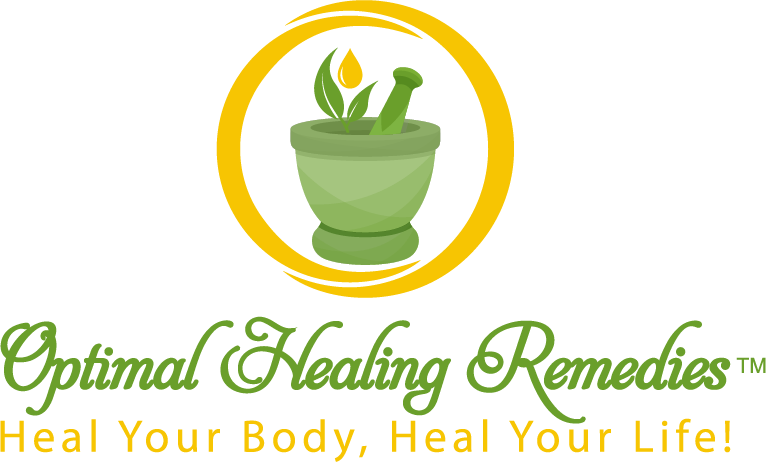
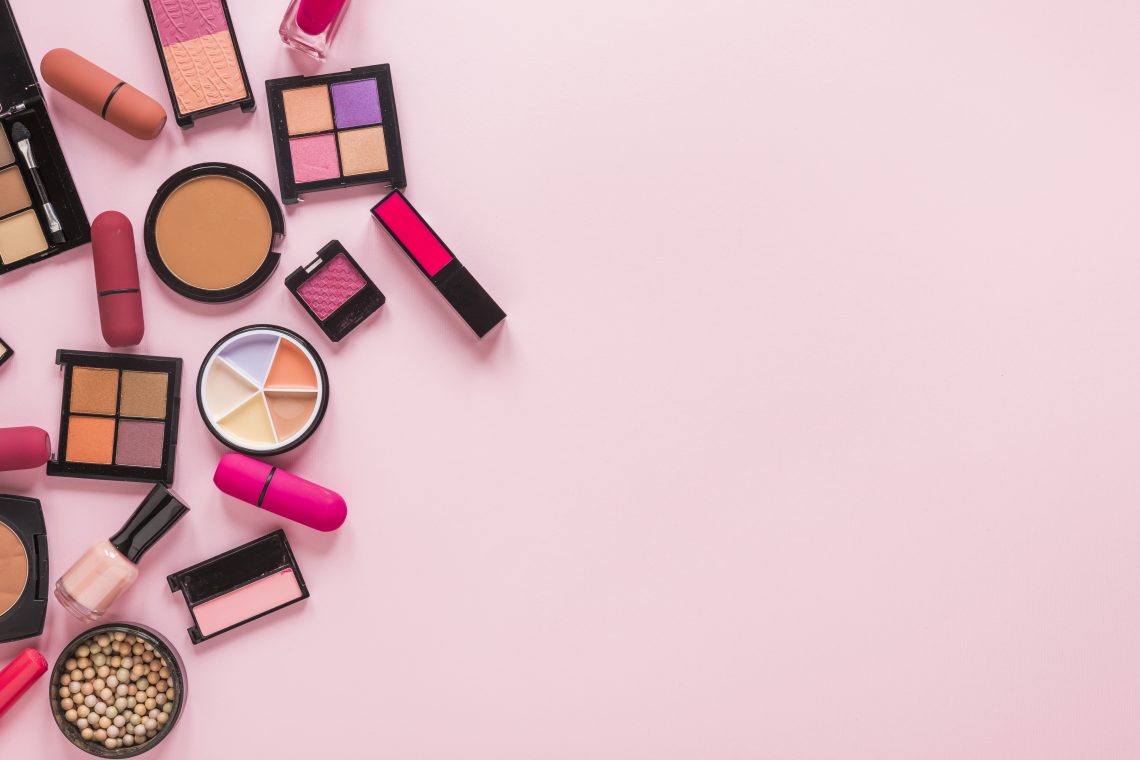

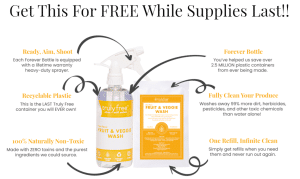

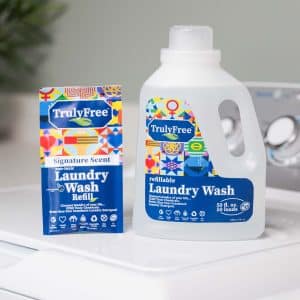
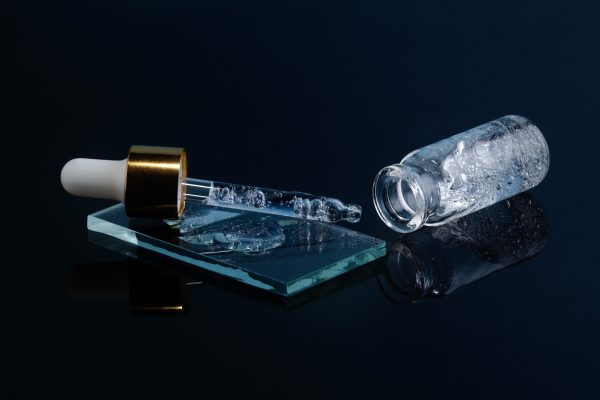




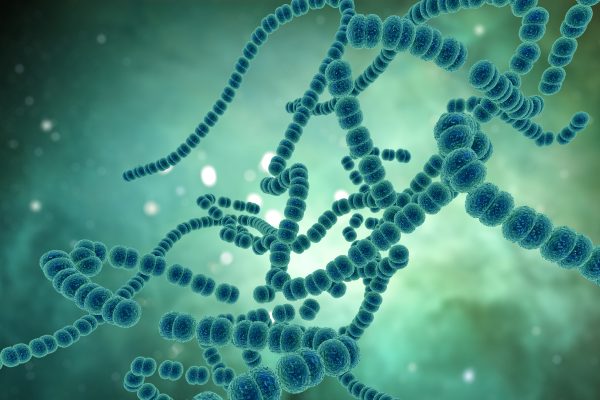
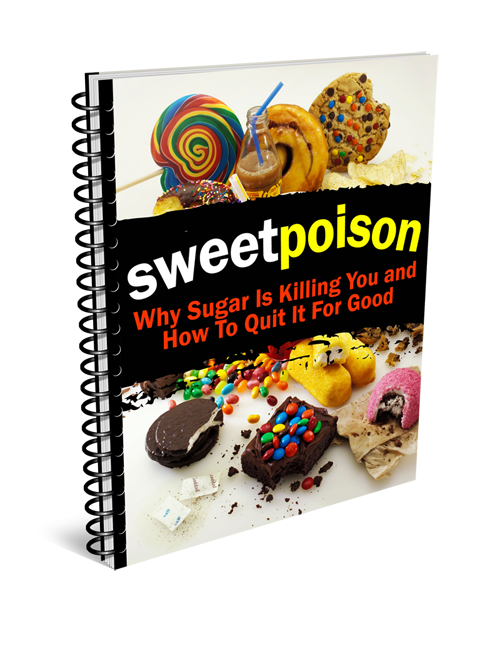

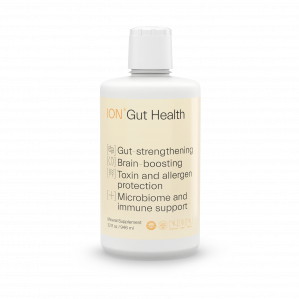
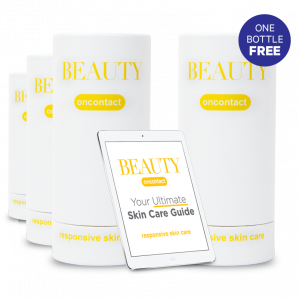
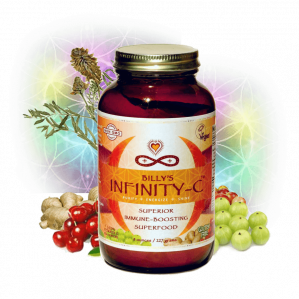
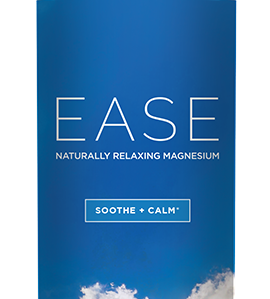


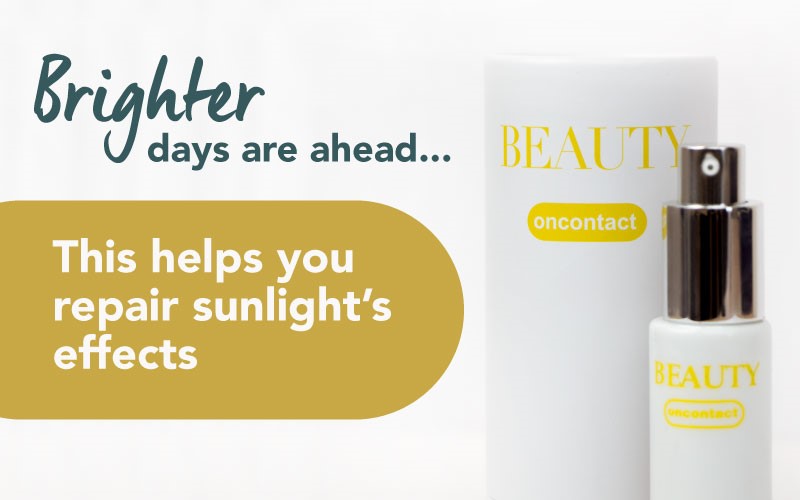
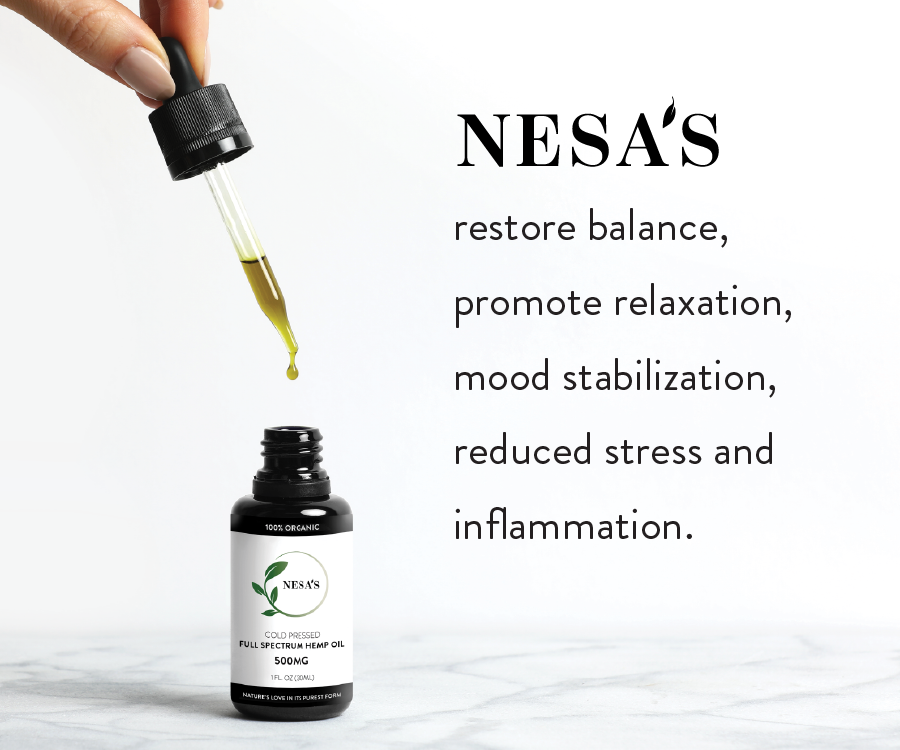
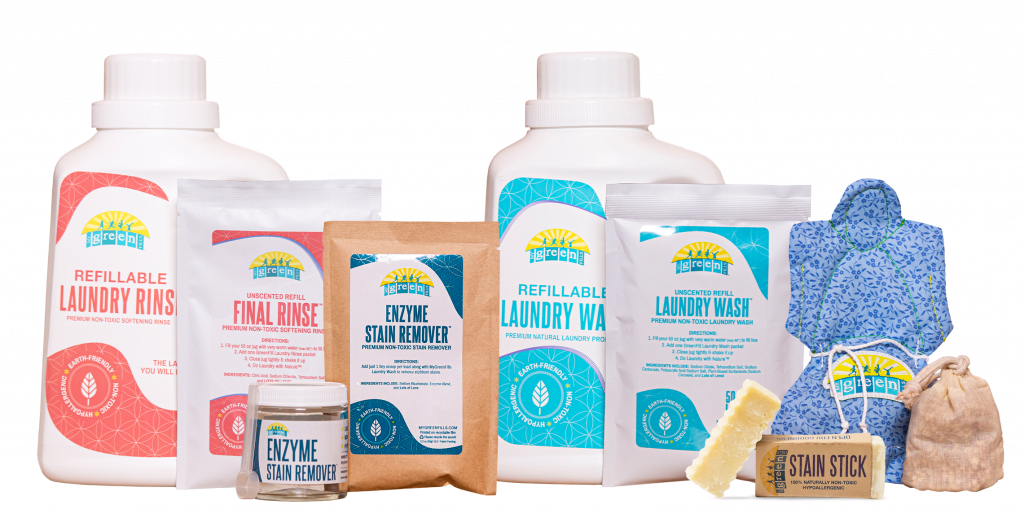
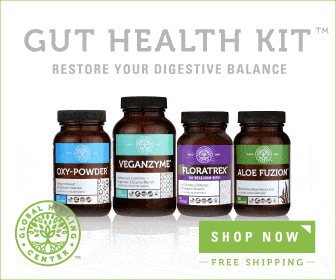

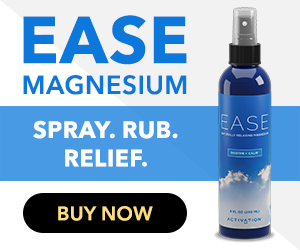



0 Comment